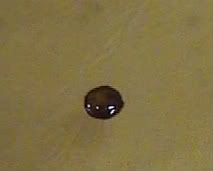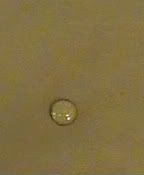King Ranch leather is one of the few leathers that is an aniline style leather in a vehicle. It has little or no finish on the surface of the leather which means that any spillages, body oils etc will soak into the leather itself. These cannot be 'cleaned' out as you can only clean the surface of leather and not out of it. There are some good aniline cleaners on the market which do not contain surfactants so will sit on the surface and clean what is there. Any 'wetting' cleaner will not be of any use as it will soak into the leather taking any surface dirt with it.
There is no need (or point) in using 'feeds' 'conditioners' especially if they contain oils and waxes. Although these will be absorbed by the leather they may upset the balance of the 'fatliquors' already in the leather and cause problems. The important thing is to keep the moisture balance good and this can be doen with simple water based products. The important thing to do is protect them (as you would with fabric) with a 'scotchgard' type protector which will inhibit dirt and body oils etc from being absorbed into the leather in the first place, these can then be cleaned off the surface easily.
Unprotected aniline style leather
Protected aniline style leather
Aniline leather fades at a quicker rate than protected (pigmented) leather. Most good protectors contain some UV protection (but be aware that just because they say they UV protect does not mean that they work as a stain protector too - we have been very surprised in tests that we have done) but fading will still occur.
Redying aniline leather is a simple process compared to recolouring a pigment coated leather and certainly has the wow factor when done. It is done with aniline dyes which soak into the leather and effectively restain the leather. If you used pigment (paint) you would change the nature of the leather completely.
So
Clean (with a non surfactant cleaner)
Protect (with a strong tested leather protector)
Maintain (with a non surfactant cleaner on a regular basis)
Redye when faded
These steps will keep the leather in good condition and looking good too.
Hope this hleps


